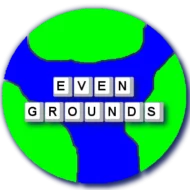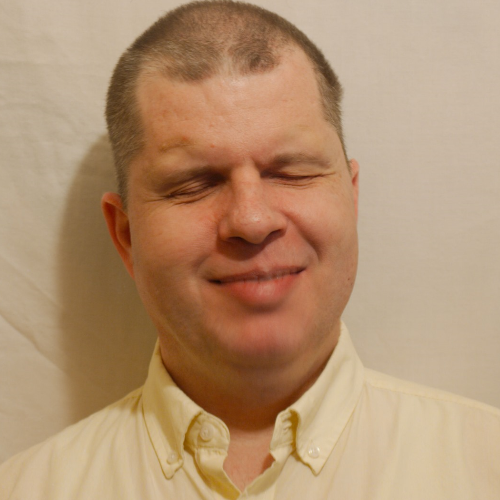Last year I had the honors to set up the accessibility committee for the Ohio Museums Association conference, which took place last weekend in Athens, Ohio. It is a conference that is not about accessibility, yet it values accessibility, and had an entire accessibility track among the presentations. Each time I work with OMA or take advantage of the services they provide, without an exception it comes across that it is there for all people, meeting their needs as much as possible.
I have been to dozens of conferences in the last 30 years, many of them were accessibility related. But I often found that when a conference was not about accessibility, it wasn’t considered much. This is why I was happy to work with OMA to work on something unusual and outstanding.
I don’t want to get into the details of working with the accessibility committee over the last year, that will be another story. In a nutshell it was a dedicated group of people who met once a month and made accessibility a reality.
I wasn’t only the chair of the accessibility committee, but the beneficiary of all the great work we did, because it truly made the conference exceptional for me, so here I will only talk about the experience I had as an attendee.
During the registration, I was asked if I have any accommodation needs, or if I needed help with transportation. Of course it goes without saying that all the online materials and all the communication was fully accessible.
After my presentation proposal was accepted, I have received instructions on how to make my presentation inclusive to all people.
When I arrived to the conference, there was a 3D printed braille floor map of the conference area to help me navigate. Of course, if you are reading this blog, you guessed it right, and for full disclosure I have to say, we created the tactile floor map and donated it to the conference. But it is not for the self promotion, actually quite the opposite, because we received help from the Clovernook Center to print the maps, and from several people who helped us to have all the information so that we could remotely design them.
During the conference the volunteers at the registration desk were always ready to help in any way.
When I registered, I received braille conference materials which I could request when I signed up for the conference.
During the conference, we had a quiet room available for people who needed to take a break or step aside. Also, the structure of the conference schedule was updated compared to previous years so that people have a little more time to get from one event to the other and have time to decompress if needed.
During the presentations automated captioning was available, and presenters received instructions in advance on how to use it.
Likewise on the exhibit floor, vendors had guidelines on how to make their exhibits more accessible and it was ensured that navigating among the exhibit tables was wheelchair accessible.
As we moved around the conference area, signs with large print and braille let the visitors know where they are and what they will find in a particular room.
Did I have to ask for help? Of course, I was not able to navigate a conference for three days completely on my own without personal or automated assistance. But I have to say, from the moment I walked into the hotel, I was much more confident than at other non-accessibility conferences, I mostly knew where I was going, what I will find at any given place, and I was assured that the event will be just as inclusive to me as it is to anybody else, with or without disabilities.
In conclusion I have to say, because I get these questions all the time, what is the cost of making a conference more accessible, both financial or time invested. Accessibility does have a cost to it. The accessibility committee met at least 8 times and volunteered time to work on different aspects. Some components were donated, some had to be purchased. But I have to say many of the things we did often involved nothing more than common sense, or openness to the fact that not all people experience the world exactly the same way. Not to mention that this was the first time OMA had an accessibility committee for the conference and many ideas can simply be dusted off and reused next year, when it probably will take much less effort.
Accessibility doesn’t have to be complicated, it doesn’t have to cost a lot. Also, there is no such a thing as a fully accessible conference, because technology, needs and the environment changes year after year. But being fully accessible is not the goal either. Rather, it is more important to be inclusive to all, to ensure that people have a place to ask if they need accommodation and to have the willingness to improve and always do it better than last time.
And here would come the part about the acknowledgements, but since so many people have dedicated their time and talent, I will not even attempt to list them all, except a special shoutout to Johnna McEntee, the executive director of the Ohio Museums Association who believed in a more accessible conference and was instrumental in making it happen, but it wouldn’t be possible without the support of the OMA board, all the volunteers, and the accessibility committee.
I already have a conference on my calendar for next year


No comments! Be the first commenter?